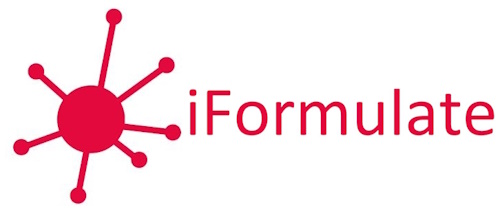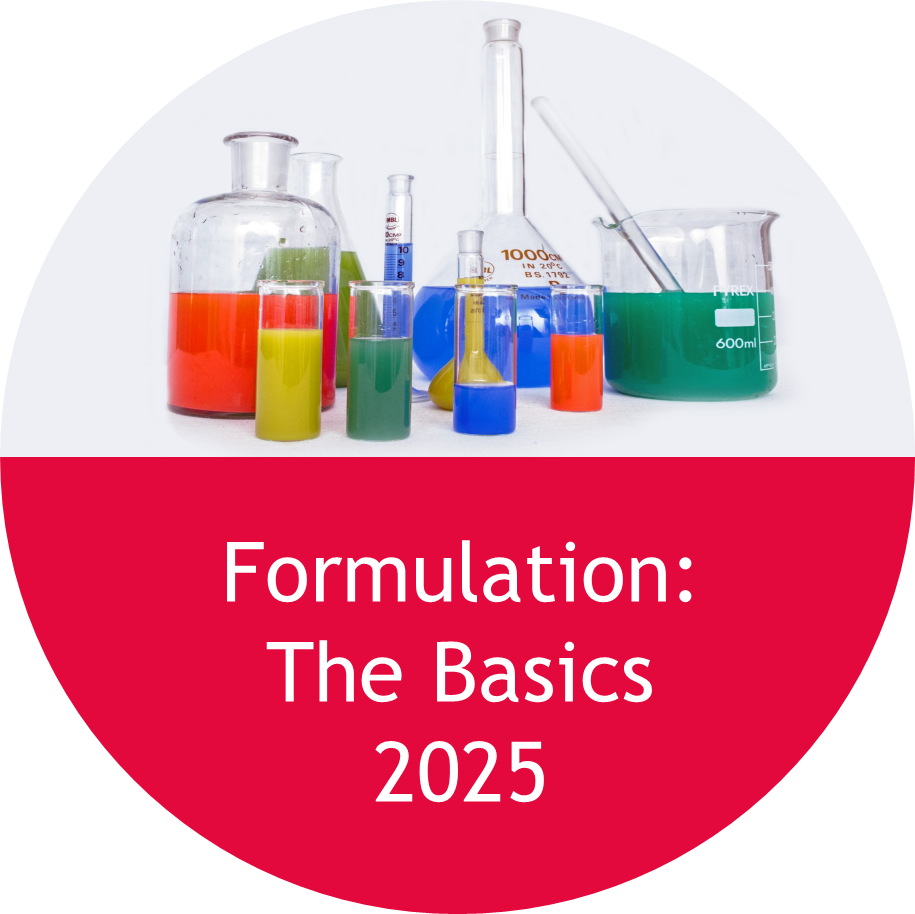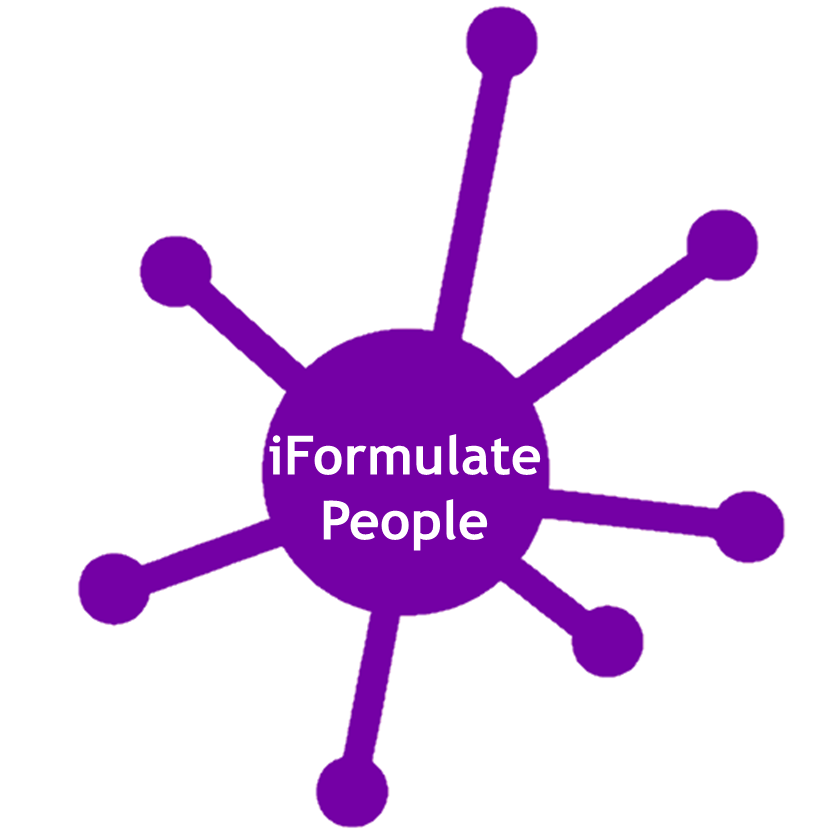By Dr Jim Bullock, iFormulate Ltd.
For the full article, see AgroPages 2023 Formulation & Adjuvant Technology magazine and website pages.


In recent years, much attention has been paid to the environmental problems caused by plastic pollution and in particular, by microplastics – small pieces of plastics which may be found in the environment and in the food chain. The EU defines microplastics as being:
″Particles containing solid polymer, to which additives or other substances may have been added, and where at least 1% w/w of particles have all dimensions between 0.1µm and 5mm, or for fibres, a length of between 0.3µm and 15mm and a length to diameter ratio of more than 3.″
After a period of fact-finding and consultation lasting several years, the European Commission published a draft Regulation (amendment to REACH) in 2022. This would place restrictions on microplastics intentionally added at 0.01% or more by weight. Excluded from the restrictions would be natural polymers, biodegradable polymers and polymers with at least 2 g/l solubility in water. ECHA published the draft amendment to the REACH Regulation in August 2022. The proposal is going to the EU Parliament, and it is expected that there will be a transitional period of five years after entry into force for uses of agricultural and horticultural products.
Although much of the microplastic contamination we see in the environment has its origin in packaging materials and car tyres, product formulation plays a role too. These restrictions will be especially relevant for cosmetics, household products and agrochemicals. However, with the elimination of plastic microbeads from cosmetics, the spotlight has moved onto other industries and application areas. So first, let’s take a look at the challenges for formulators of agrochemicals who may be tasked with removing many of the polymer materials used in products such as microencapsulated formulations, seed treatments and slow-release fertilisers…
To read the rest of this article go to AgroPages 2023 Formulation & Adjuvant Technology.










